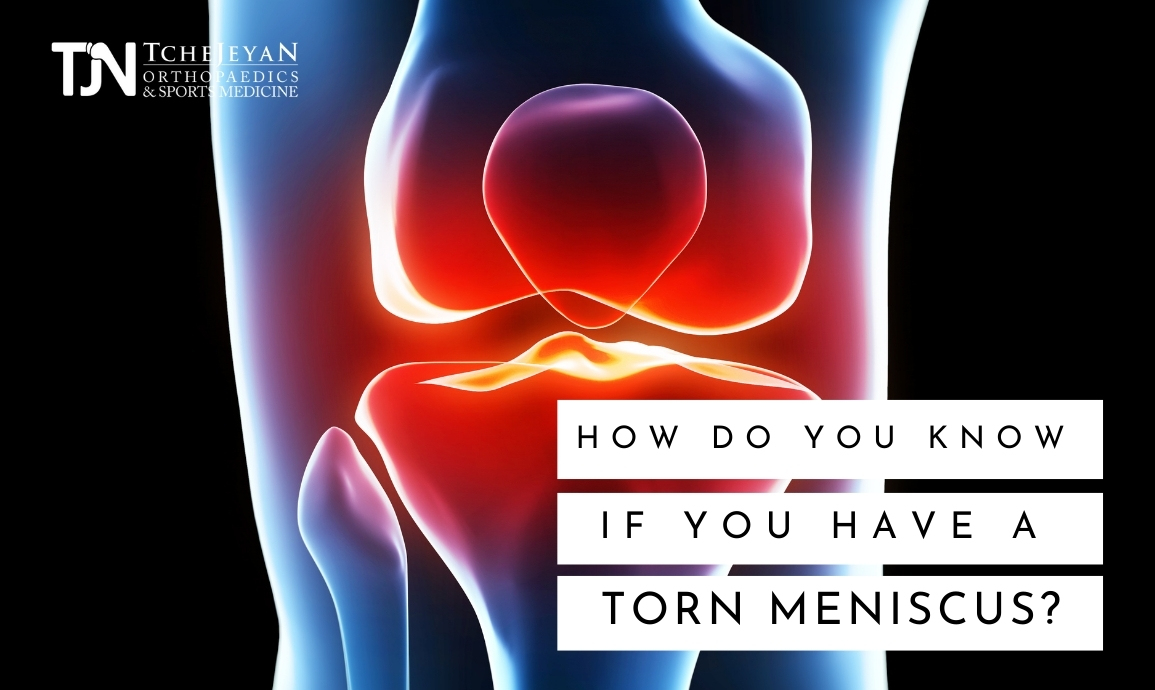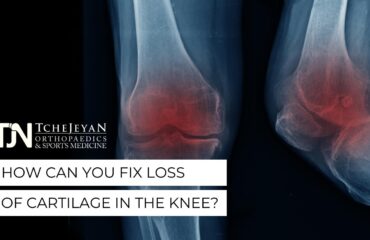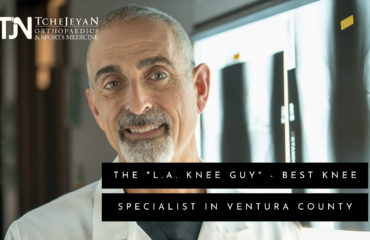The meniscus is soft, resilient cartilage in your knee joint between your thigh bone (femur) and shin bone (tibia). It creates a cushion to absorb shock and to prevent bone rubbing on bone. If you twist too quickly or radically at your knee joint when your knee is bearing weight, you can tear the meniscus. It is a common sports injury when athletes run, jump, juke, or pivot. But, really, it can happen even while you are moving about in your kitchen or at the office.
If you’re wondering whether you have a meniscal tear, there are some common symptoms of the condition. Bear in mind that not all symptoms may be present, as symptoms vary on a case by case basis. Common indicators of a torn meniscus include:
- Inability to bear full weight on the leg
- Swelling or stiffness of the joint
- Pain, especially when twisting or rotating the knee
- Popping of the knee
- Inability to straighten the knee
- Knee locking or giving way
- Reduced knee joint mobility
Should I See a Doctor About a Meniscal Tear?
There is no question that you should see an orthopedic doctor if your meniscus is torn. When left untreated, the range of motion in your knee joint can decrease to the point that you can no longer walk effectively. Furthermore, the longer you go without treatment, the more your pain will increase and the more susceptible your knee is to further damage or injury. If left untreated long enough, you could seriously damage the soft tissues in the area and even develop debilitating osteoarthritis.
How Is a Torn Meniscus Diagnosed?
There are several ways a torn meniscus can be diagnosed. First, your orthopedic specialist will examine your knee, then likely take an x-ray or MRI in order to make an accurate diagnosis. Sometimes, a doctor will run an X-ray using contrast dye, injecting dye into the knee so that the image will be more detailed. The goal is to determine the full extent of the damage to one or both menisci, and to discover whether any other parts of the knee are injured.
How Is a Torn Meniscus Treated?
There are several options for treatment, depending upon the extent of the injury and your personal preferences.
If the injury is not too severe, you may be able to recover simply from rest, icing the knee, and keeping it immobie, taking pain medications when necessary. If your problem is more serious, you may need physical therapy or even surgery. Thankfully, torn meniscus surgeries are usually minimally invasive, and recovery is relatively rapid. In very extreme cases, especially if the problem has persisted over a long time, your orthopedic specialist may recommend a total knee replacement.
Which Treatment Is Right for You?
After fully diagnosing the extent of your injury, your orthopedic surgeon will sit down with you for a consultation to discuss your condition and inform you of your treatment options.
An important part of this discussion is talking about your particular lifestyle and your lifestyle goals. Your doctor can help you evaluate the different treatments in light of their different short- and long-term prognoses. While injuries cannot be undone, it is important that your choice allows you, to the extent possible, to continue to enjoy the quality of life that you desire.
If you are suffering knee pain, and you are experiencing swelling, limited range of motion, or other problems, you may have torn your meniscus. If you think you may be suffering from this condition, schedule an appointment with Dr. Gregory H. Tchejeyan, MD at TJN Ortho today for a diagnosis and treatment plan. The sooner you get treatment, the sooner you will be able to enjoy your favorite activities again without pain.




